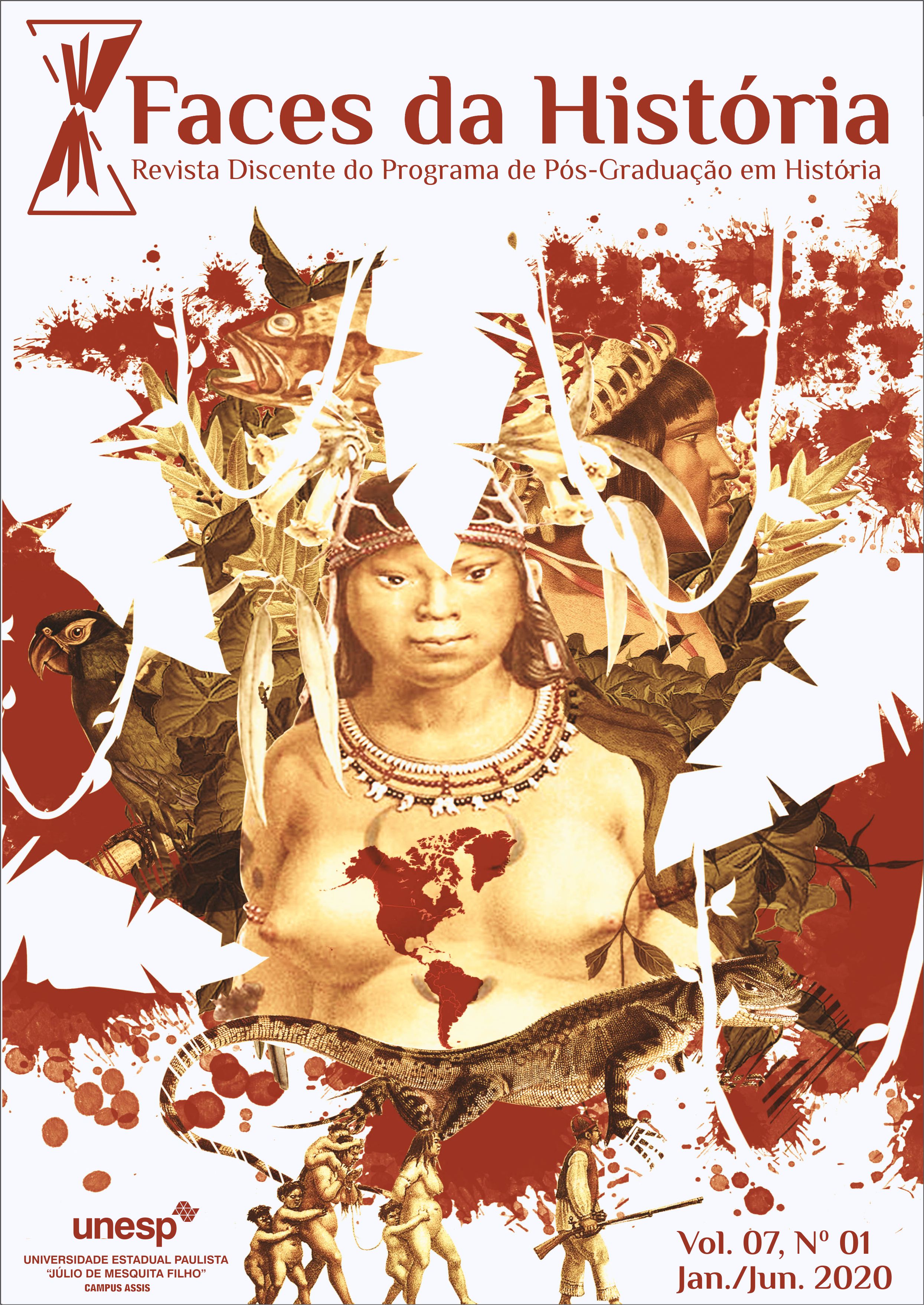“They say that we are no longer indians”:
reflections about the historical trajectories of the kaingang Jamã Tÿ Tãnh e Borboleta communities, in the state of Rio Grande do Sul.
Keywords:
Indigenous History, Kaingang, Santa Cruz do Sul, Vale do Rio Pardo, Ethno-historyAbstract
The indigenous history in Rio Grande do Sul has given ample attention to what can be called official mechanisms for the conquest of indigenous territories: reductions, indians reservation, among other spaces marked by the presence, both of indigenous people and of official agents and institutions, such as religious orders or guardianship bodies. The present work analyzes other forms of relations between indigenous and non-indigenous people, which refer to different historical processes. Methodologically, we started with indigenous trajectories and memories in order to, from a perspective seen from below, show little-known aspects of some broader historical processes such as the establishment of large estates during the first half of the 19th century, as well as the arrival of european immagrants encouraged by the Province of São Pedro during the second half of that century.
Published
How to Cite
Issue
Section
License
Autores que publicam na Revista Faces da História concordam com a cessão dos direitos autorais dos manuscritos, processo simultaneamente licenciado sob a Licença Creative Commons Attribution (CC-BY-NC), que permite o compartilhamento do trabalho com reconhecimento da autoria e publicação inicial nesta revista. Dessa forma, a Revista Faces da História pode difundir os artigos e trabalhos publicados, em formatos físicos e/ou eletrônicos, incluindo Internet.




